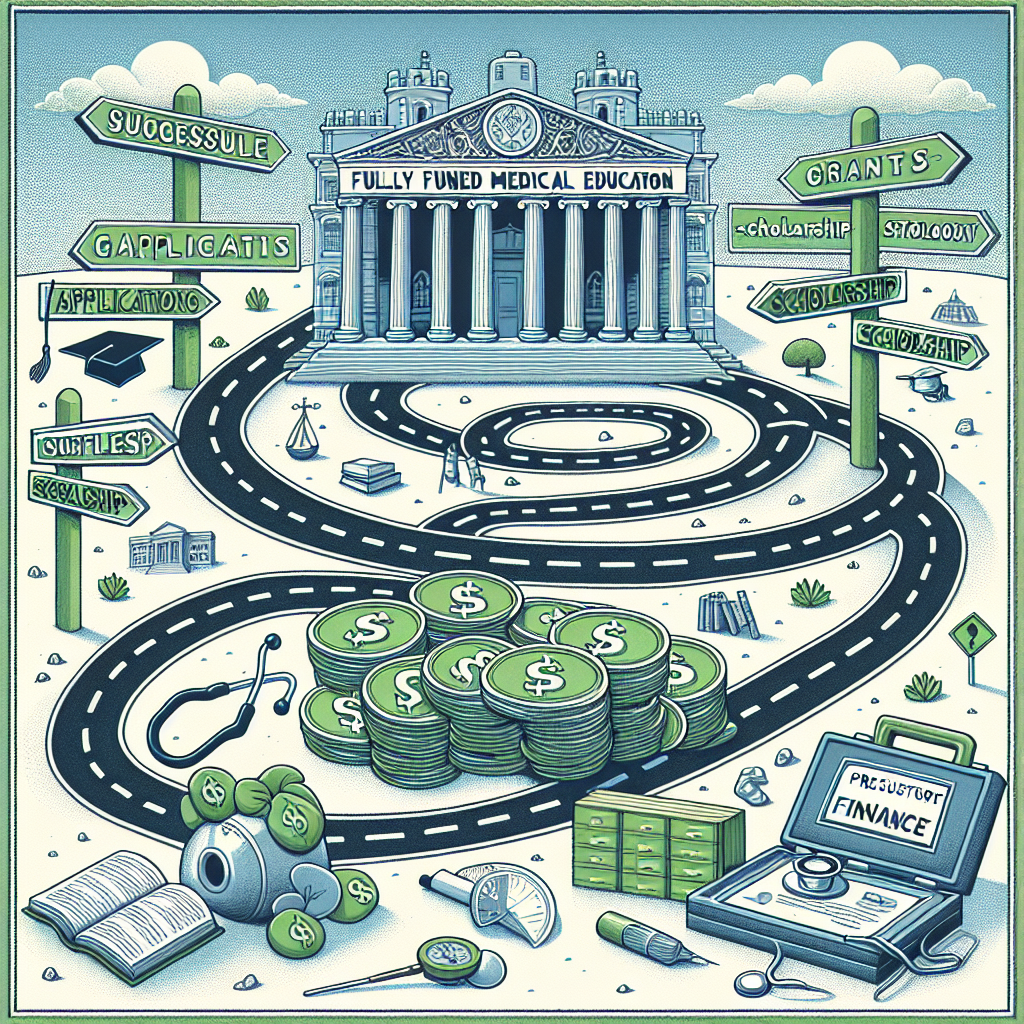
The importance of financial support in medical education cannot be overstated. First and foremost, medical school is notoriously expensive, with tuition averaging over $60,000 per year in the United States. This figure often excludes the additional costs of books, clinical supplies, and living expenses.
Moreover, many students graduate with substantial debt that can be a burden for years, impacting their choice of specialty and practice location. Financial aid plays a crucial role in leveling the playing field, allowing students from diverse backgrounds to access quality education regardless of their economic status. Without these financial supports, the medical profession could become even more homogeneous, limiting the perspectives and experiences brought into patient care.
Furthermore, fully funded programs not only alleviate financial worries but also allow students to focus on their studies rather than juggling part-time jobs. This focus can lead to improved academic performance, better residency placements, and more confident future physicians who can dedicate their time to serving their communities.
There are several key types of funding available for medical students looking to secure a fully funded education. Understanding these options can empower students to make informed decisions about their education funding.
Several exemplary programs stand out in the realm of fully funded medical education. Some of these include:
While fully funded programs are an excellent route for many, they may not be accessible to everyone. Alternative funding options are also available, allowing students to explore other avenues to finance their education:
To successfully secure a fully funded medical education, applicants should be strategic and well-prepared. Here are some practical tips to enhance your application:
Securing a fully funded medical education is a viable path for aspiring healthcare professionals and is essential for overcoming financial obstacles. Multiple options, including scholarships, grants, and loan repayment programs, provide a wide array of financial support. Noteworthy programs exist to facilitate access to quality medical education, especially for those dedicated to serving underserved communities. Additionally, alternative funding strategies and practical tips can help students maximize their opportunities. By thoughtfully navigating the landscape of funding options, future doctors can focus on their studies and fulfilling their ambitions while minimizing financial pressures.








